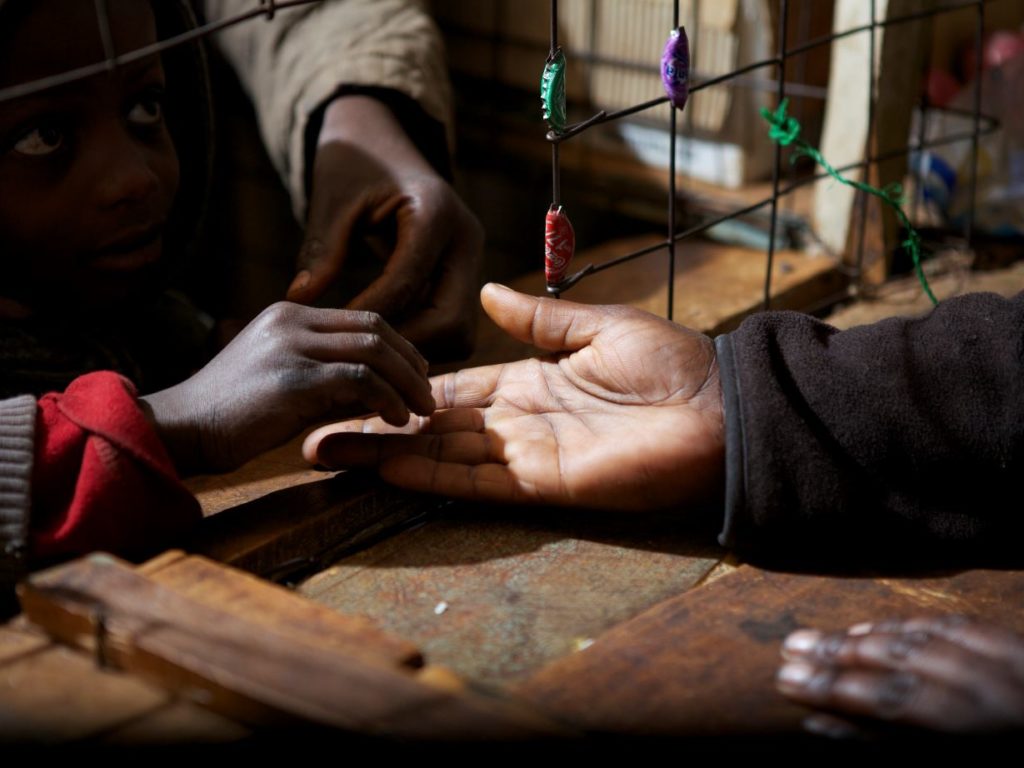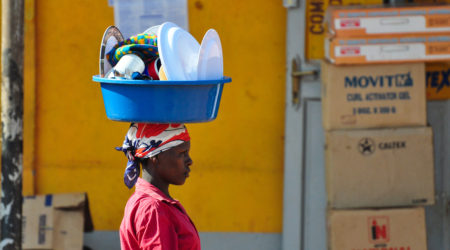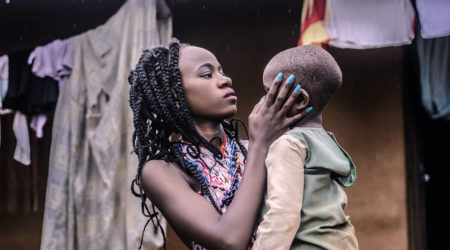Debts in distress: how ordinary people are finding the liquidity they need to survive COVID

Originally posted on the FSD Kenya Website, September 6, 2020
“Things are getting bad,” Vanessa told us. When we spoke with her in late June, her family had just about run out of food and were waiting for the next harvest. Her husband and herself had not managed to get any casual work in some time. Normally, they are able to get work on neighbour’s farms in rural Makueni. Their sons, luckily, had just gotten work on a construction site nearby, providing some relief, but it was not enough for the entire family to meet basic needs. Recently, Vanessa’s husband was diagnosed with throat cancer, and he was prescribed a medication of drops he was supposed to take twice daily for about Kshs 50 (US$0.5) per day. The week before we called, she told us she had tried to sell some trees from her plot to raise money for the medicine, but she could not even sell them at half the price they would normally be worth. “Then I tried to sell my panga to buy medication for my husband, because he was in so much pain. I still couldn’t get anyone to buy it.”
Across our sample, pressures from the economic downturn from COVID-19 have exacerbated financial stress. While rural families reported slightly less stress in April, by June things had become very difficult even there. Like Vanessa, many had found their normal coping mechanisms—drawing on savings, asking for remittances, borrowing from friends and family—had hit their capacities. Very little aid was reaching our respondents. Only 24% received any aid at all (see below), and what does seem to be getting out is insufficient to cope with the scale of the situation. The FSD Kenya/FinMark Trust COVID tracker found only 1.9% of Kenyans are getting relief cash from government, and even fewer were receiving food. Like Vanessa, families (now 13% nationwide in the FinMark Tracker) have begun to sell assets to squeeze liquidity from any source possible.

With incomes continuing to remain very low, just where are low-income families getting their liquidity? The short answer is that—amidst this crisis—it is by and large informal lenders who are playing a major role. It is those with close relationships with low income borrowers who feel the necessity and social obligation to extend credit of various sorts. They are also the best positioned to know the fluctuations in household earning and are therefore able to make more informed decisions about who can potentially repay their credit.
When we talked to our respondents in May, credit from local shopkeepers had seized up, with shopkeepers unsure of everyone’s ability to pay and concerned about keeping themselves liquid enough to buy more stock and weather the storm. In July, many respondents had accumulated debts to local shopkeepers, pharmacies, and clinics, often exceeding Kshs 500 ($5), a typical limit on total debt outstanding imposed by many shopkeepers. Our respondents—including some who are shopkeepers themselves—explained that shops realised as things got bad that the only way to keep their stock moving was to offer credit. Not only that, but they could see when people were still going out to work, and so had some idea about who could potentially repay.
Landlords have been similar. In spite the overwhelming majority of urban respondents falling months behind on rent, there have been no reported evictions, yet. The Kenya National Bureau of Statistics (KNBS) estimated that across the country, only 42% of renters were able to pay their rent on time and in full as of June 2020. Landlords were negotiating repayment schemes with most renters and allowing partial payments to suffice. However in one area, tea pickers were struggling under the weight of their rent. Their hours and earnings have been slashed because of corona-imposed changes in their workplaces,[1] and yet landlords saw them going to work every morning and so insisted they pay full price.
This rise in rental arrears was new for our sample. In normal times, we instead saw arrears from unpaid school fees, which could also become enormous relative to income. Rental arrears rarely built up for more than one month. In some ways school being out is a blessing in that new school fees payments and debts are temporarily on hold and are now set to resume only in January 2021. At the same time, many renters in our sample owe three or more months of back rent, which could prove nearly impossible to pay off, especially in a now-likely slow recovery scenario.
Digital loans were playing a helpful role in stretching as well. For the lowest income people, this was through Okoa Jahazi (airtime credit), Fuliza (M-Pesa overdraft), and M-Shwari. Respondents reported that Okoa Jahazi was raising their limits more than before, giving them some much-needed breathing room. Digital and app loans were very important to those who had them and digital borrowers were desperate to keep those lines of credit open, particularly with the bank-backed lenders who continue to extend new credit.
Emmanuel in rural coast told us, “I had to borrow Kshs 12,000 ($120) from my group, to repay my M-Shwari loan. Then I reborrowed from M-Shwari Kshs 15,000 ($150) to repay my group loan. So now my only debt is M-Shwari.” Normally, this kind of layered borrowing would be very worrisome, but Emmanuel was playing the long game trying to ensure he would not lose access to one of his most reliable sources of credit, M-Shwari. While important for many borrowers, a number complained that with this lender—unlike their shopkeeper and landlord—there was no negotiating. M-Shwari communicates by text message, and there’s no way to reply, to explain your situation, and ask for grace.
We would normally see a lot of borrowing happening in the social network for idiosyncratic shocks. While this is still an important strategy, loans among family and friends have shrunk since our 2015 update both in terms of value and volume. Since so many are struggling at the same time, it has become much harder to borrow from family and friends. All those kinds of loans that were previously used to start or grow a business have also stopped; investing is not possible right now.
We see that reality reflected in bank loans as well. While a few families still had relatively large debts outstanding with banks, microfinance institutions (MFIs), and savings and credit co-operatives (SACCOs), borrowing from these sources is way down compared with 2015. These are places families borrow for investments, which feel foolish and uncertain in the current climate.


These same trends are broadly reflected in national data (Kantar Usemi survey, May 2020). While many Kenyans have larger loans outstanding with digital lenders, banks, SACCOs, and MFIs, the most important sources of new liquidity are informal, as shown below, coming largely from family and friends as well as shopkeepers (this chart shows cash loans rather than goods on credit), moneylenders, and chamas.

Source: FinMark Trust COVID-19 Tracker
While policymakers are rightly concerned about ensuring the solvency of the banking sector, this is not necessarily supporting households and micro businesses as they struggle to survive. On the contrary, bank-based mobile lenders are being backed by their informal counterparts, as individuals call on families and communities to help keep formal credit lines afloat. This reflects a long-term relationship between Kenya’s formal and informal economies, both depending on each other to survive. As we think towards recovery, will government and the corporate sector recognise this inter-dependence, and find ways to mobilise their liquidity to get households and businesses back on their feet? At the moment it is not the government or the corporate banking sector coming to the rescue. Instead, understanding landlords, shopkeepers, and relatives are taking the lion’s share of the risk needed to keep ordinary people housed and fed.
[1] This is despite the fact that tea is maintaining its value in export markets, with prices in May being higher than average. Reduced hours were first imposed because of curfew and now are due to distancing protocols in the farms and factories.



